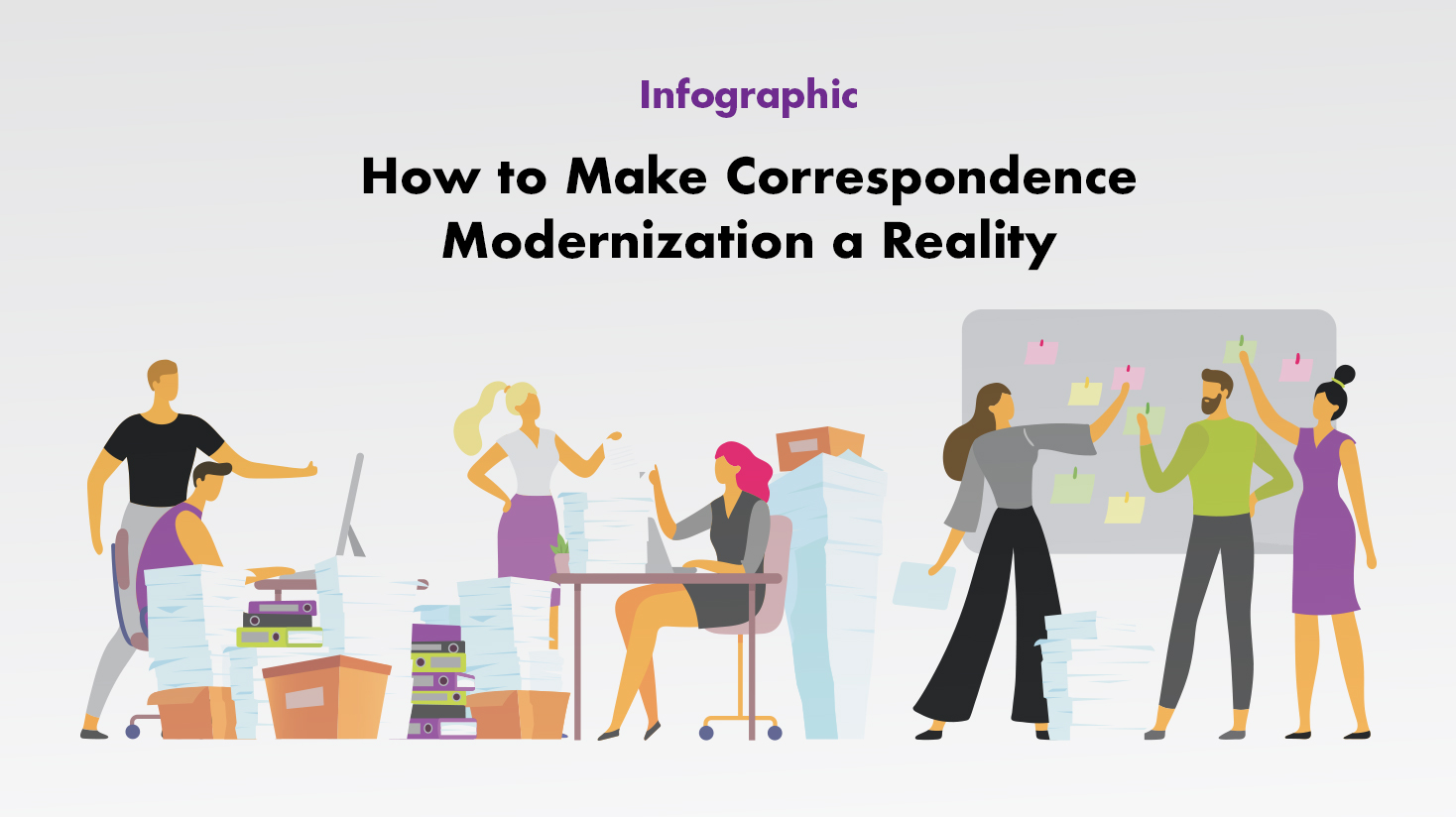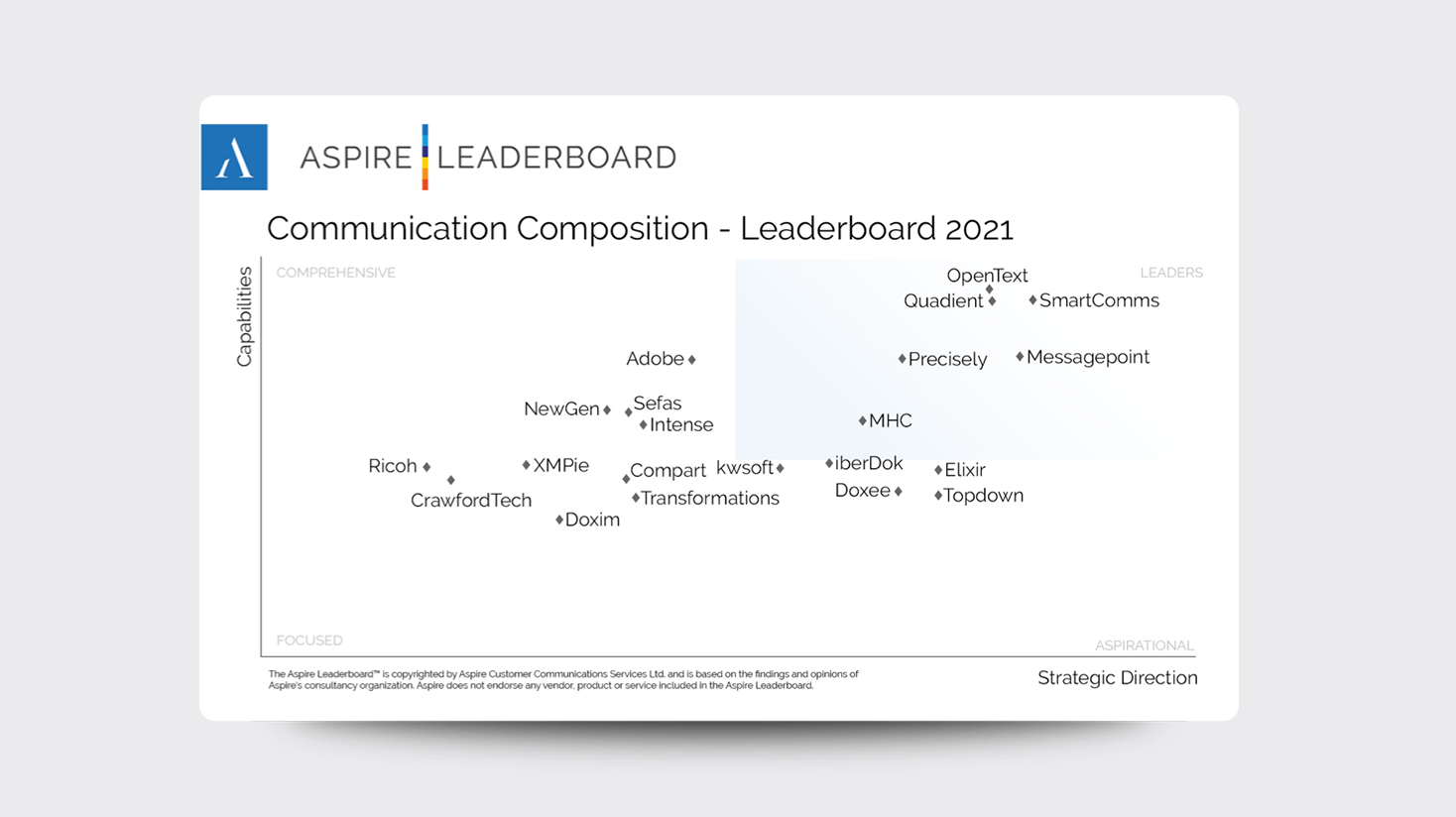
Times have changed, and so have consumer expectations. Technology is constantly improving the customer experience, every successful iteration making each interaction easier, more efficient, and more seamless. The global pandemic provided a different kind of social impetus, turning everyone into a digital consumer by necessity, and forcing industries and organizations to make themselves accessible online. In consequence, both customers and business have become more adept with, and more accustomed to, digital communication.
Federal, State, and Local government agencies, on the other hand, have not taken advantage of these recent innovations in communication technology. Many agencies still primarily rely on manual processes and printed materials. Change often comes slowly to government services. That’s by design; after all, the purpose of bureaucracy is to ensure public order, protect personal privacy, and maintain processes despite any shift in political winds. But COVID-19 and the digital wave it helped usher in, have forever altered the way customers want to interact with organizations of all kinds. A government’s customers are the individuals and groups to whom it provides services. Thus, governments need to transform their technological approach to meet those expectations.
Government agencies focus on cultivating processes and following procedures to ensure correct and equitable access. That too is by design, and not necessarily a flaw. But it does mean they are not generally known for the speed of their service or their ease of access. That needs to change. Today’s customers were introduced to digital channels by industries, which leaned heavily on efficient and seamless transactions to promote loyalty. COVID-19 forced user adoptions rates to accelerate much earlier than expected. At this point, consumers have come to expect the vast majority of their communication experiences to be both efficient and relevant.
Government agencies at all levels need to follow suit. Progress is being made, if slowly. December 2018 saw the U.S. federal government enact the 21st Century Integrated Digital Experience Act, providing a brief on how to digitally transform federal programs. Building on that foundation, President Biden recently signed an Executive Order recognizing the need to improve ease of access for customers: Transforming Federal Customer Experience and Service Delivery to Rebuild Trust in Government.
The Executive Order has two main objectives. First, to make people rather than procedure the focus of government programs. The E.O. lists 36 specific customer experience (CX) improvement objectives which, when implemented, will improve the delivery of federal services, and thus people’s lives. Second, the Order is meant to increase the efficiency of federal programs by modernizing delivery formats, lessening the overall administrative load, and exploring online technologies and tools.
Unfortunately, all levels of government face some very real barriers when it comes to modernizing their customer communications processes to deliver a more efficient and personal experience. Most of those barriers are linked to the cumbersome legacy systems those government agencies are tied to.
Legacy systems lead to fragmented processes and work in isolation. Many in-place legacy systems cannot support the vast reach of modern comprehensive digital channels. Instead, individual avenues are often closed off and function in silos. This means each channel, whether print, email or SMS, has a separate system, managed by a separate team. Redundant work is constantly happening in order to replicate current content across each separate channel. The result is inefficiency, glacial turnarounds, and the disastrous potential for inconsistent messaging.
Legacy systems are also largely the domain of IT departments. The people who author customer communications are not the ones who implement them. Instead, the teams who create communications and notifications pass them along to the IT teams via emailed Word documents and spreadsheets. Those IT departments in turn create templates in the appropriate systems for every communication – one for a printed letter, another for email, another for HTML, another for SMS, etc. It’s a slow and cumbersome process, requiring extensive change management documentation and vulnerable to the prioritization of other initiatives.
This is particularly true for government programs, which usually require a great deal of sensitive, private information from consumers. Customer communication management is complex because these communications must marry this sensitive data, with various messages that are appropriate given the circumstance, resulting in lots of variations of nearly identical communications. Health and human services, for instance, might have to address multiple issues and concerns in a single document. Customer communications linked to court hearings or legal actions have a number of distinct requirements. Each additional requirement can add another layer of complexity to an already overburdened legacy system. And let’s not forget that 508 compliance also needs to be adhered to across all channels.
Operating customer communications out of silos is not the answer. Nor is trying to modernize just one part of customer communications while relying on legacy systems for the rest. Instead, governments need to envision their entire customer communications management (CCM) process in a brand new way.
In order to unsnarl the bureaucratic tangle and increase efficiency, governments need to stop thinking about managing specific delivery channels and begin to think instead about managing content. But a process that consists of authoring content in Word® and then implementing it across multiple systems is the essence of inefficiency. Instead, governments should choose to manage content centrally.
Managing content in one central, cloud-based location eliminates the wasteful redundant practice of implementing the same content in different systems for different channels. It also enables governments to ensure their messaging is consistent across all channels and results in an improved customer experience. Modern content management hubs can also ensure real personalization; leveraging customer data to drive the appropriate images, messages and send communications across the right channels to the right people.
The key to a good content management hub is a modular content approach. In other words, treating the key elements of customer communications, like images, messages, contact information, signatures, calls to action, as individual content components. These components should be able to be re-used freely across touchpoints, regardless of their ultimate channel destination. This enables government agencies to make a change to a shared piece of content once and have it update instantly across every touchpoint and channel while also enabling them to automate what content goes to which recipient.
A chosen content management hub should also connect to all the channels an agency wants to support. Today’s cloud-based content management hubs are purpose-built so non-technical business users can control and implement customer communications immediately, rather than leaving the process in the hands of IT. State-of-the-art hubs can deliver composed customer communications via print, email, SMS, WhatsApp, and private web portals, while maintaining a robust API strategy to deliver content through non-traditional channels, like mobile applications, chatbots, IVR/IVA, and social media. The ultimate result is a smoother, more approachable, more personalized experience for customers.
Government agencies at all levels need to modernize their customer communications management in order to drive efficiency, decrease the overall administrative load, and above all, improve the customer experience. Traditional communication methods involving silos, paper-centric and redundant manual processes must be left to the past. To improve current capacity as well as plan for future growth, it is imperative that governments find a new approach. An intelligent, centralized hub that controls content across channels is the best way forward.

Customer communications are changing. There’s an entire generation of people who will now experience most of their purchasing,…
Read the whitepaper
Cleaning up and optimizing customer correspondence inventories is on the to-do list of many organizations in regulated industries…
Read the article
Messagepoint has been named as an overall leader of Customer Communications Management (CCM) software solutions in the Aspire…
Read the article